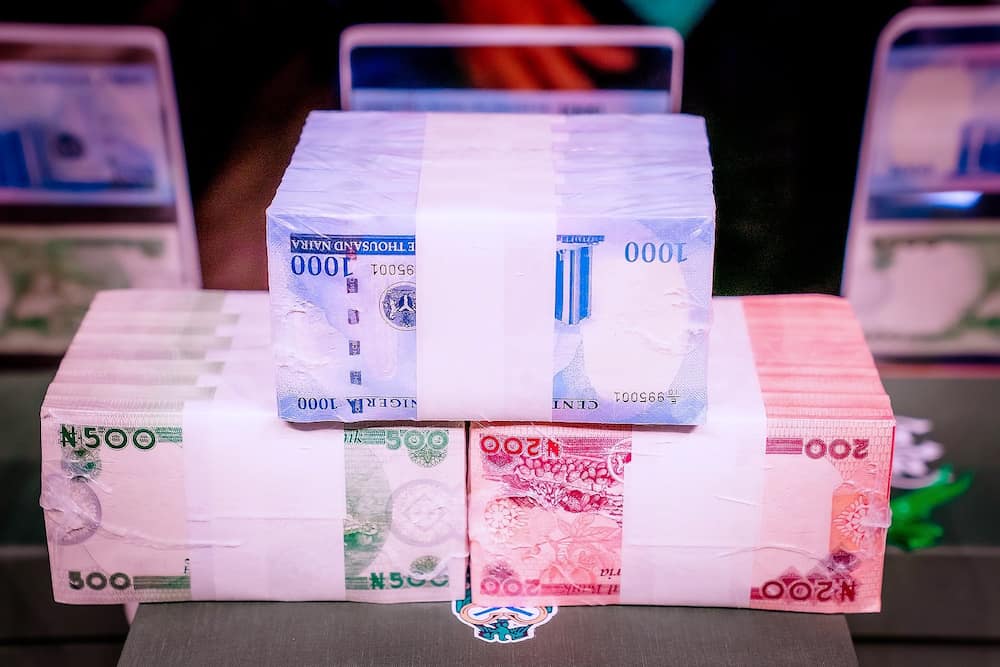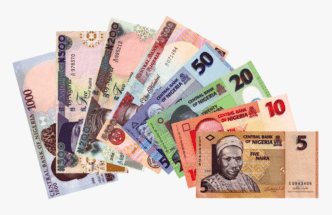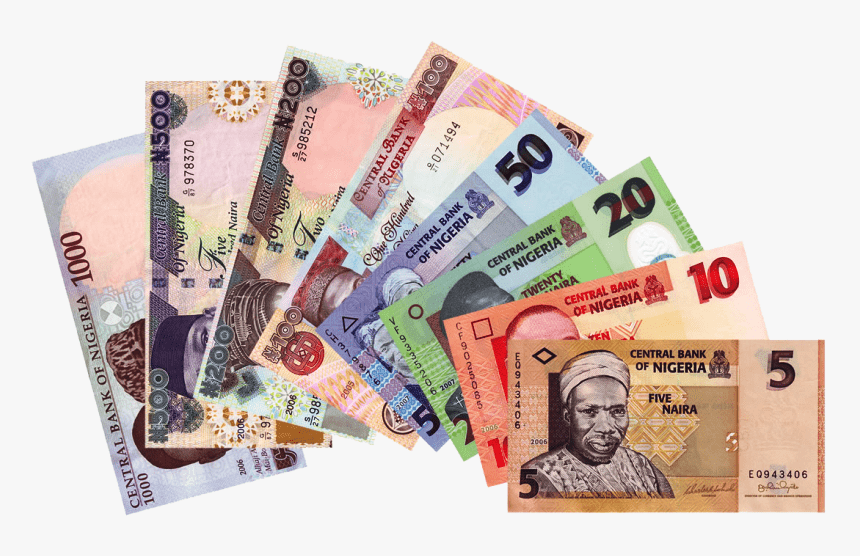The Nigerian naira has reached new lows this week, breaching the ₦1,650/$ mark in the official market. Data from the Nigerian Autonomous Foreign Exchange Market (NAFEM) revealed the currency closed at ₦1,652.25/$1 during the last trading session, reflecting the continuous downward spiral despite CBN’s interventions and higher fixed-income yields.
On the parallel market, the naira performed even worse, trading as high as ₦1,750/$1 on Friday. The currency has depreciated by 70% since mid-last year, influenced by a robust U.S. dollar index and ongoing domestic challenges.
Despite Nigeria’s foreign exchange reserves reaching a 32-month high of $40 billion, the naira struggled across all forex segments this month. Projections from BMI, a Fitch Solutions division, estimate the currency could weaken further to ₦1,993/$ by 2028.
Economic experts predict a modest rebound in Nigeria’s GDP, with growth expected to climb from 2% in 2023 to 3% in 2024. However, the nation’s foreign exchange market faces persistent headwinds, including limited oil production, high inflation, constrained monetary policies, and sluggish foreign direct investment.

The scarcity of dollars has also impacted import volumes, with Nigeria’s merchandise imports declining by 20% year-on-year to $45.5 billion as of June 2024, compared to $57.1 billion in the previous period.
Meanwhile, global attention remains on the U.S. Federal Reserve, as markets react to Fed Chair Jerome Powell’s caution regarding future rate cuts. The Fed’s decisions and the incoming Trump administration’s potential policies could shape global currency trends in the months to come.
The naira’s struggles paint a grim picture for importers and businesses, as rising import costs and declining dollar inflows exacerbate economic challenges. Policymakers will need to address these vulnerabilities to stabilize the local currency and restore confidence in Nigeria’s foreign exchange market.
How do you think Nigeria can stabilize its currency and tackle these challenges?















